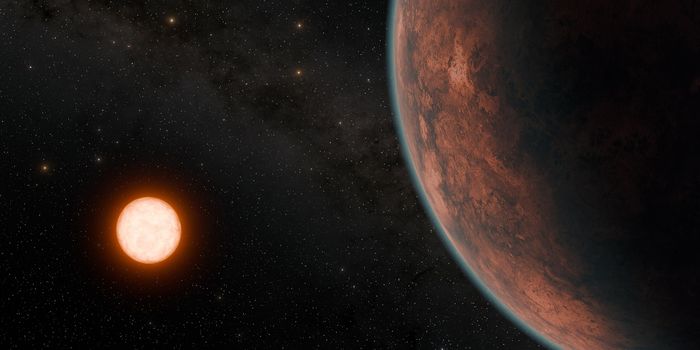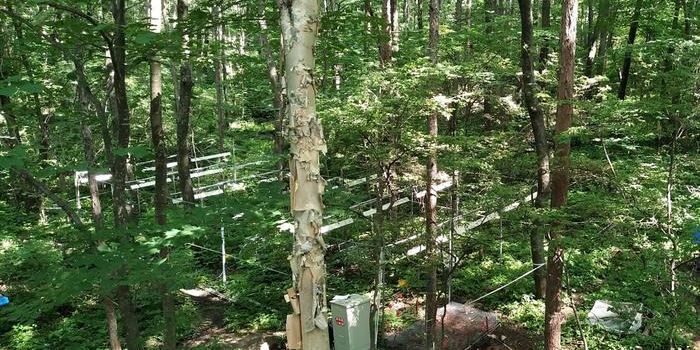What we don't know about the Sahara
A recent study published in Science Advances sheds new light on how we view the Sahara Desert. Though it is now thought of as one of the most inhospitable places on Earth, covering 3.6 million square miles with rock and sand dunes, new research suggests it wasn’t always so – and it may not always be so.
Drawing from various conclusions, researchers from MIT led by Charlotte Skonieczny have proposed that the Sahara region in North Africa oscillates between 20,000-year cycles of desert and green oasis. "Our results suggest the story of North African climate is dominantly this 20,000-year beat, going back and forth between a green and dry Sahara," says David McGee, an associate professor in MIT's Department of Earth, Atmospheric and Planetary Sciences.
Past analyses of primitive rock paintings and excavated fossils have suggested that humans and diverse wildlife once lived in the region; the MIT scientists’ dust analysis confirms the theory. How can dust tell us the past, you ask?
As Science Daily explains it, “Each year, winds from the northeast sweep up hundreds of millions of tons of Saharan dust, depositing much of this sediment into the Atlantic Ocean, off the coast of West Africa. Layers of this dust, built up over hundreds of thousands of years, can serve as a geologic chronicle of North Africa's climate history: Layers thick with dust may indicate arid periods, whereas those containing less dust may signal wetter eras.”
With this in mind, the scientists analyzed a sediment core from off the coast of West Africa. The sediments in the core dated back 240,000 years. The scientists were able to examine the sediment layers for traces of dust and measured the concentrations of an isotope of thorium in order to figure out how quickly dust was accumulating on the seafloor at a given point in time.
McGee commented that the conclusions from the study change the way we look at the region’s climate and geologic history. "We've assumed that ice ages have been the key thing in making the Sahara dry versus wet. Now we show that it's primarily these cyclic changes in Earth's orbit that have driven wet versus dry periods. It seems like such an impenetrable, inhospitable landscape, and yet it's come and gone many times, and shifted between grasslands and a much wetter environment, and back to dry climates, even over the last quarter million years."
This could also have significant implications for understanding human evolution. "We feel this is a useful time series to examine in order to understand the history of the Sahara desert and what times could have been good for humans to settle the Sahara desert and cross it to disperse out of Africa, versus times that would be inhospitable like today," McGee added.
Sources: Science Daily, MIT










